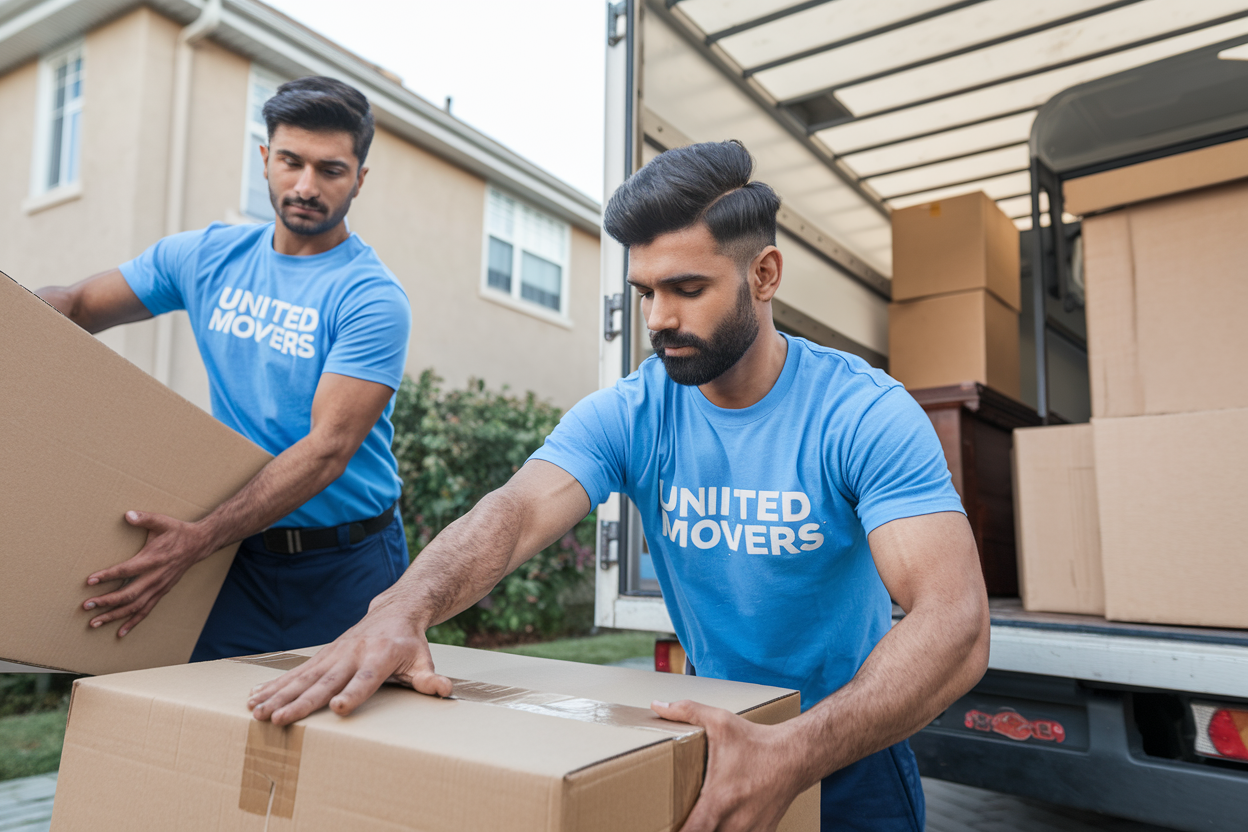Packing Hacks : How To Pack Your Belongings Like A Pro
Packing efficiently can save you time, space, and significantly reduce the stress associated with moving. Whether you’re relocating your home or office, having a solid packing strategy will ensure a smooth transition. Here are some expert packing hacks to help you pack like a pro.
1. Use the Right Packing Materials
Investing in the right packing materials is crucial to protecting your belongings and ensuring an efficient packing process. Here’s what you need:
- Sturdy Boxes: Choose durable, high-quality cardboard boxes that can hold weight without collapsing.
- Bubble Wrap and Packing Paper: Protect fragile items by wrapping them securely to prevent damage.
- Packing Tape: Use strong packing tape to reinforce the bottom of boxes and secure them properly.
- Stretch Wrap: Great for keeping furniture doors and drawers closed during transport.
- Reusable Containers: Suitcases, laundry baskets, and plastic storage bins can serve as additional packing space.
- Labels and Markers: Clearly label each box with its contents and the room it belongs to for easy unpacking.
- Ziploc Bags: Use these for small items like screws, cords, and accessories to keep them organized.
Additional Tips:
- Reinforce the bottom of boxes with extra tape to prevent breakage.
- Color-code or number boxes to streamline unpacking.
- Use wardrobe boxes for hanging clothes to avoid wrinkles.
2. Room-by-Room Packing Strategy
Packing systematically, room by room, will keep you organized and prevent chaos when unpacking.
- Start Early: Begin packing non-essential items weeks before the move and gradually work your way to daily-use items.
- Sort and Declutter: Donate, sell, or discard things you no longer need before packing to reduce unnecessary clutter.
- Heavy Items at the Bottom: Pack heavier items at the bottom of the boxes and lighter ones on top to prevent damage.
- Categorize Items: Keep similar items together to make unpacking more efficient.
- Seal Liquids Properly: Tape bottle lids or place them in sealed plastic bags to prevent spills.
Special Considerations:
- Pack books in small boxes to prevent them from becoming too heavy.
- Dismantle furniture and wrap parts together for easy reassembly.
- Take photos of complex setups (electronics, furniture) to help with reassembly.
3. Space-Maximizing Techniques
Making the most of your packing space can save you from needing additional boxes and trips.
- Roll Clothes Instead of Folding: Rolling clothes saves space and reduces wrinkles.
- Use Vacuum-Sealed Bags: Great for compressing bulky items like bedding, comforters, and winter coats.
- Store Small Items Inside Larger Ones: Fill shoes, purses, and other containers with small items to optimize packing.
- Disassemble Furniture: Taking apart beds, tables, and shelves will free up more space.
- Utilize Every Nook and Cranny: Pack small items inside pots, drawers, and other available spaces.
Pro Tip:
- Use socks to protect glassware and wrap delicate items in towels or linens to save on bubble wrap.
4. Protect Fragile Items
Fragile items require special care to ensure they arrive safely at your new location.
- Wrap Breakables Securely: Use soft materials like clothes, towels, or blankets to cushion fragile items.
- Use Dish Dividers: Cardboard dividers or foam inserts help prevent breakage when packing glassware and plates.
- Label Boxes as Fragile: Mark fragile boxes clearly so movers handle them with care.
- Avoid Empty Spaces: Fill gaps in boxes with packing paper, socks, or bubble wrap to prevent items from shifting.
Extra Protection:
- Double-box extremely fragile items (place one box inside another with cushioning in between).
- Wrap mirrors and artwork in bubble wrap and place them between mattresses or furniture for added protection.
5. Keep Essentials Separate
Having an essentials bag ensures you have everything you need on hand during and immediately after your move.
- Pack a First-Night Box: Include toiletries, a change of clothes, important documents, chargers, medications, and basic kitchenware.
- Keep Important Documents with You: Carry passports, birth certificates, contracts, and valuables personally rather than packing them with other belongings.
- Prepare a Snack and Survival Kit: Have water, snacks, pain relievers, a phone charger, and other necessities easily accessible.
Office Relocation: Special Considerations
An office move requires meticulous planning to minimize business disruptions. Follow these steps for a seamless transition:
- Back Up Important Data: Ensure all files are backed up before moving electronics.
- Label Office Equipment Clearly: Label cords, computers, and furniture to make reassembly easier.
- Use Cable Organizers: Keep cables and wires untangled by using zip ties or cord organizers.
- Inform Clients and Employees: Notify stakeholders in advance and provide a timeline for the move.
- Set Up Essentials First: Prioritize setting up desks, internet, and computers to resume business operations quickly.
Packing efficiently can save time, space, and reduce moving stress. Here are some expert packing hacks to help you pack like a pro.
1. Use the Right Packing Materials
- Invest in sturdy boxes, bubble wrap, and high-quality packing tape.
- Use suitcases, laundry baskets, and reusable bins for additional packing space.
- Label boxes clearly with their contents and designated rooms to streamline unpacking.
- Reinforce the bottom of boxes with extra tape to prevent breakage.
2. Room-by-Room Packing Strategy
- Start with items you use the least and work towards daily essentials.
- Pack heavier items at the bottom of boxes and lighter ones on top to avoid crushing.
- Keep similar items together to simplify unpacking.
3. Space-Maximizing Techniques
- Roll clothes instead of folding them to save space.
- Use vacuum-sealed bags for bulky items like bedding and winter coats.
- Store small items inside shoes, purses, or containers to optimize packing.
4. Protect Fragile Items
- Wrap breakables in soft materials like clothes, towels, or blankets for extra cushioning.
- Use dividers for dishes and glassware to minimize movement inside boxes.
- Clearly mark fragile boxes to ensure careful handling by movers.
5. Keep Essentials Separate
- Pack an overnight bag with toiletries, a change of clothes, medications, and important documents.
- Have snacks, chargers, and first-aid supplies easily accessible.
- Carry valuable items like jewelry, passports, and electronics personally.
Following these packing tips will help you move efficiently and minimize damage to your belongings.
An office relocation requires meticulous planning, but by following these steps, you can ensure a seamless move with minimal business disruption.


